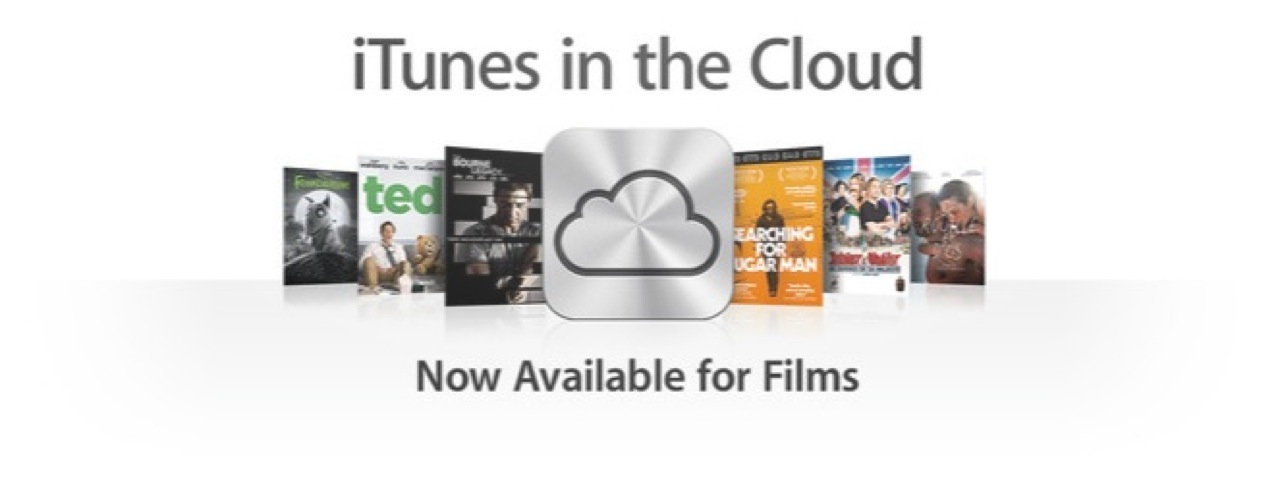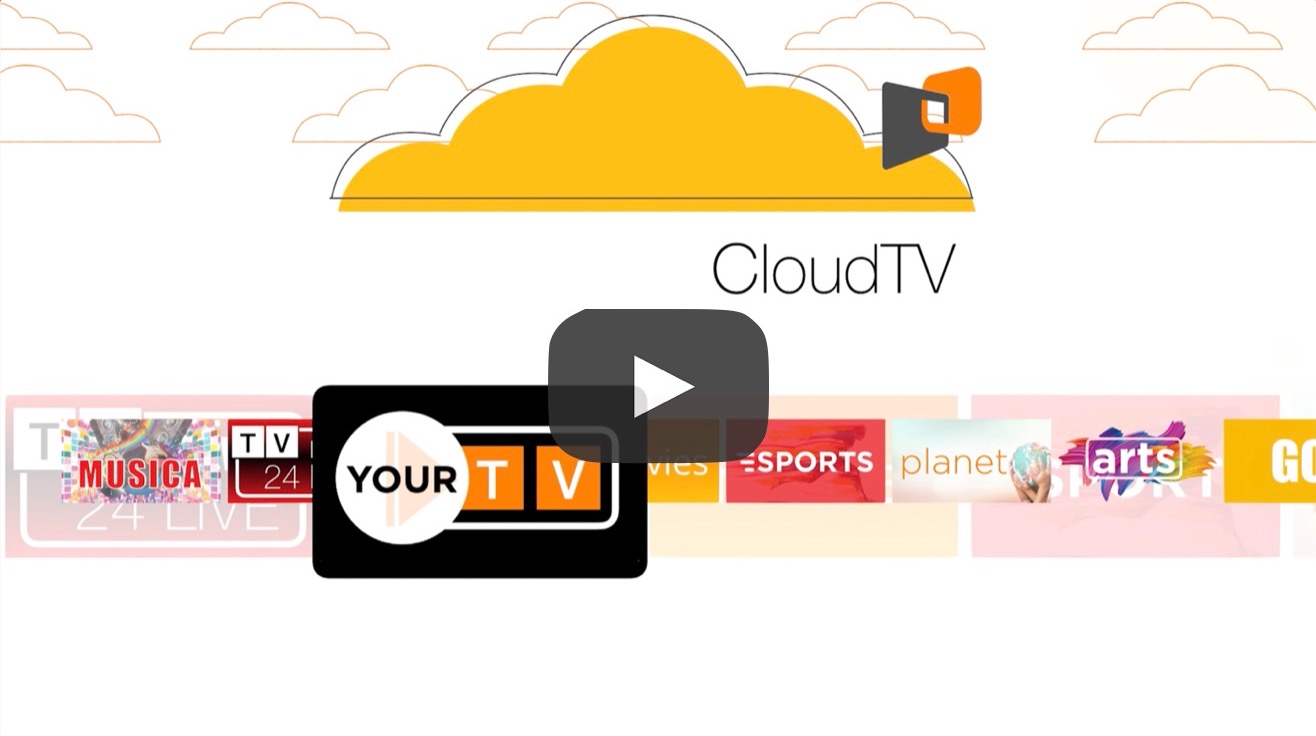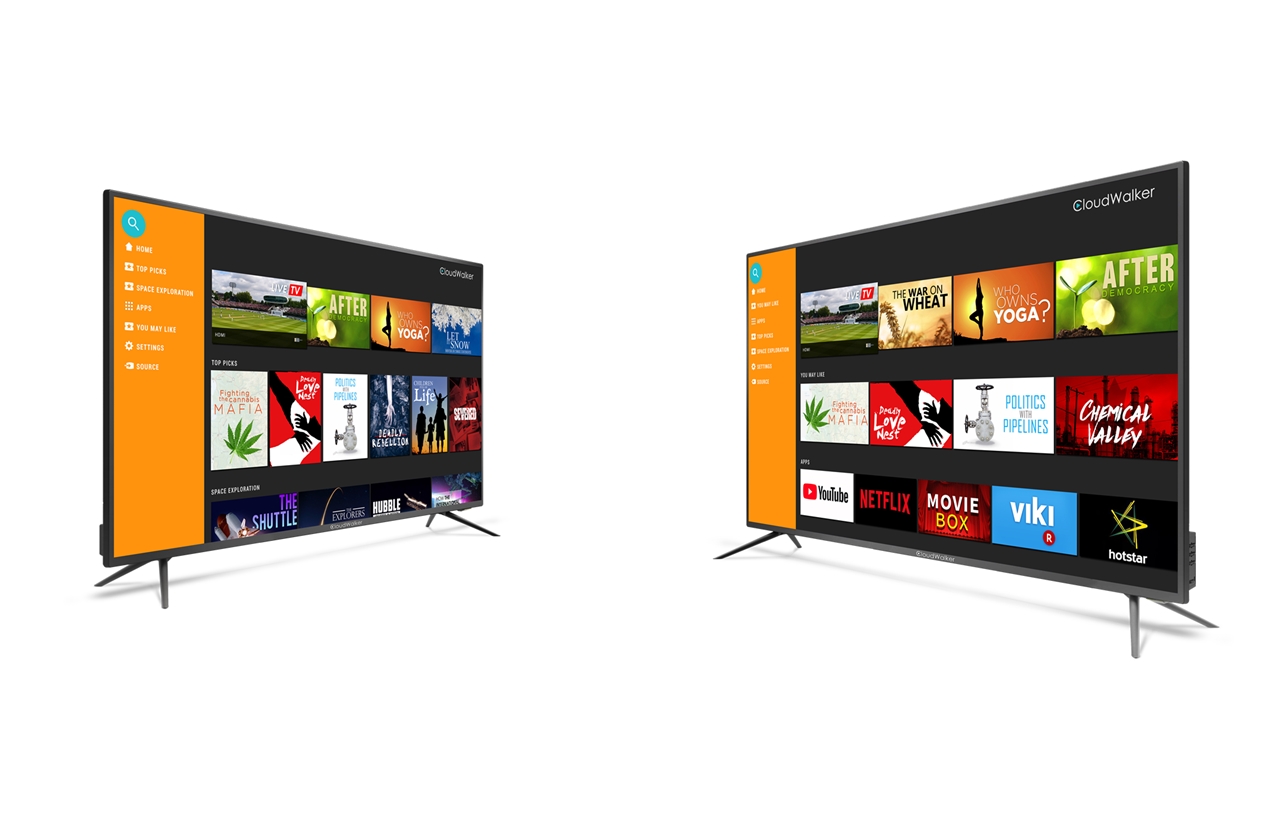

For movie fans who enjoy classics that are virtually impossible to find for rental anywhere else, the Netflix inventory remains impressive. Netflix also still offers the DVD rental service that put it on the map. Monthly plans run between $8.99 and $15.99. It offers three tiers of service, depending on the picture quality and the number of continuous streams a customer wants. Netflix is available on virtually every streaming device currently on the market.
#CLOUDTV NOT SUPPORT TV#
While Netflix is not a complete replacement for a cable or satellite subscription, there original programming and offerings of other very popular and highly re-watchable content make it an essential add-on for cloud-based TV customers everywhere. In about a decade, Netflix transitioned from a highly disruptive DVD rental service to a streaming service, and now to an industry leader in highly popular original productions. The original industry giant for streaming TV remains near the top of the list for almost all streaming TV viewers. YouTube TV’s original programming has not been as active or critically acclaimed as some other platforms, but the company claims dedication to investing heavily in original offerings. YouTube TV subscriptions also include access to YouTube Premium, which includes original programming and some special features like ad-free streaming and YouTube Music Premium. YouTube TV currently costs $49.99 per month, and several network add-ons like Showtime and Starz are available, usually at less than $10 per month. The platform also includes most major sports networks, although the NFL Network is not currently part of YouTube TV’s programming. With some intuitive modifications, it operates in the same simple way as always.ĭepending on your local area, YouTube TV offers local station programming for most networks. YouTube TV also capitalizes on consumer familiarity in its user interface. In addition to the millions and millions of user-generated videos available for streaming on YouTube, YouTube TV offers live streaming of multiple TV channels. YouTube TV has the powerful advantage of taking advantage of the familiarity and popularity of YouTube and its powerful presence for many years as the go-to video sharing platform. In this post, we look at the top five platforms in the industry today. With the advent of cloud technology, many new cloud-based TV platforms are appearing to address growing consumer demand.
#CLOUDTV NOT SUPPORT DOWNLOAD#
Cloud TV generally works in the same way as other cloud-based services, meaning that information and programming are stored on remote servers that allow users to access and stream or download media through any suitable internet connection at any time. If you’re looking to expand your TV options, or if you want to ditch cable and try a cloud-based service instead, there are many options to choose from.Ĭloud TV allows customers maximum flexibility in taking their preferred programming on the go at any time they choose.

But he stopped short of describing the impact on the cable industry.The COVID-19 pandemic has everyone spending much more time watching TV. Sony CEO Kaz Hirai told reporters on Tuesday the company had struck up “a good dialogue” with content holders, or media companies.

It did not announce any deals with media companies, but said details will be forthcoming and the service will be tested and unveiled this year.

It was unclear how advanced Sony’s project was. As envisioned, the service would allow subscribers to play games, call up TV shows and movies, and tune into broadcast channels via a single box. Viewers could buy viewing packages through Sony, much as customers now do through cable operators like Comcast. Sony’s embryonic effort builds on similar moves by Microsoft Corp and Intel Corp. Speaking at the Consumer Electronics Show in Las Vegas, they promised an intuitive design for searching for content - addressing a common complaint of cable customers. Sony executives described the as-yet unnamed service on Tuesday as a blend of live cable, on-demand and DVR content. Sony CEO Kazuo Hirai gestures during his keynote address at the annual Consumer Electronics Show (CES) in Las Vegas, Nevada January 7, 2014.


 0 kommentar(er)
0 kommentar(er)
